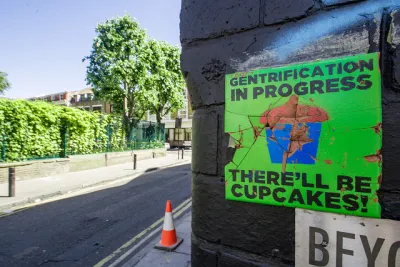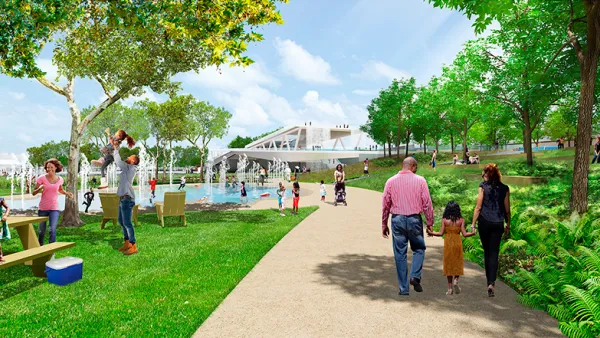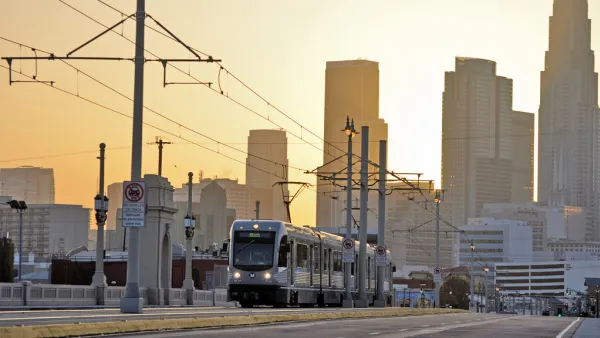“We could use some gentrification here.” Let's never say this—we must refrain from debating the long-term likelihood of gentrification in distressed places.

Does this sound familiar? A persistently poor, highly distressed, and long-screwed-over neighborhood is organizing around, lobbying for, or about to get some kind of reinvestment and someone raises the specter of gentrification. Those supporting the reinvestment get frustrated and say something along the lines of “Are you kidding? This place will never gentrify!” or “We could use some gentrification here.”
I think this particular exchange is one we should all commit to never having again.
Why You’re Both Right About Gentrification
Those who dismiss concerns of gentrification have some data behind them. Rapid housing cost appreciation and demographic turnover is a very real and growing problem, but it is still concentrated in a few high-cost markets, and a few select neighborhoods of other cities. Most poor census tracts have stayed stubbornly poor for decades, and more have slipped into poverty recently than climbed out of it.
Housing affordability and displacement are actually problems everywhere, but in most places it’s not due to gentrification. Many of the people who are frustrated when gentrification is brought up see the topic as part of a coastal/hot-market narrative that leaves their places out, and gives them policies that aren’t relevant for their realities—like hot-market centric inclusionary housing policies or funding models that don’t account for an appraisal gap. They worry that the very real, current needs of places being left behind are going to be sacrificed by fear of some unlikely future scenario.
Those who raise the concern also have a point, though. First, we should all remember that in the 1970s, the idea that New York City—especially the Bronx and much of Brooklyn—would gentrify was laughable. Or Hoboken and Jersey City.
FULL STORY: It Doesn’t Matter if Your Neighborhood Is Going to Eventually Gentrify

Analysis: Cybertruck Fatality Rate Far Exceeds That of Ford Pinto
The Tesla Cybertruck was recalled seven times last year.

National Parks Layoffs Will Cause Communities to Lose Billions
Thousands of essential park workers were laid off this week, just before the busy spring break season.

Retro-silient?: America’s First “Eco-burb,” The Woodlands Turns 50
A master-planned community north of Houston offers lessons on green infrastructure and resilient design, but falls short of its founder’s lofty affordability and walkability goals.

Test News Post 1
This is a summary

Analysis: Cybertruck Fatality Rate Far Exceeds That of Ford Pinto
The Tesla Cybertruck was recalled seven times last year.

Test News Headline 46
Test for the image on the front page.
Urban Design for Planners 1: Software Tools
This six-course series explores essential urban design concepts using open source software and equips planners with the tools they need to participate fully in the urban design process.
Planning for Universal Design
Learn the tools for implementing Universal Design in planning regulations.
EMC Planning Group, Inc.
Planetizen
Planetizen
Mpact (formerly Rail~Volution)
Great Falls Development Authority, Inc.
HUDs Office of Policy Development and Research
NYU Wagner Graduate School of Public Service



























